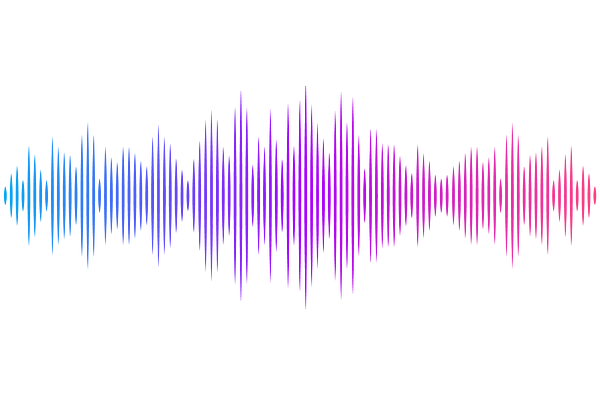Genetic correlation-guided mega-analysis of DO mice provides mechanistic insight and candidate genes for age-related pathologies

Genetic correlation-guided mega-analysis of DO mice provides mechanistic insight and candidate genes for age-related pathologies
Mullis, M. N.; Lefebvre, A. E. Y. T.-S.; Sivasubramanian, K.; Luo, A.; Schmid, F.; Sooknah, M.; Wright, K. M.; Raj, A.; Zavala-Solorio, J.; Zhang, C.; Riegler, J.; Gillich, A.; Ruby, J. G.
AbstractDiversity Outbred (DO) mice are a powerful model system for mapping complex traits due to their high genetic diversity and mapping resolution. However, while there are extensive tools available for standard genetic analysis in DO mice, fewer techniques have been implemented to facilitate integrated, cross-study analysis. Here, we implement Haseman-Elston regression to estimate genetic correlations among 7,233 phenotypes measured across eleven independent DO mouse studies. We used this network of genetic correlations to cluster phenotypes according to shared genetics, which enhanced the power to detect quantitative trait loci (QTL). This approach empowered the detection of 884 QTL for 383 meta-phenotypes, explaining an average of 40.36% of the total genetic variance per mega-analysis. We leveraged this network for insights into specific areas of biology, including lifespan, frailty, immune composition, histological and functional lung phenotypes, and histological phenotypes of the aorta. We found the genetics of lifespan to share limited correlation with the genetics of frailty but stronger correlation with the genetics of immune cell composition. Additionally, mega-analyses driven by genetic correlations identified candidate genes (e.g. Cdkn2b) associated with degraded extracellular matrix in the aorta. Finally, an ensemble of genetic analyses implicated pulmonary neuroendocrine cell signaling and/or differentiation as a key driver of multiple lung pathophenotypes.